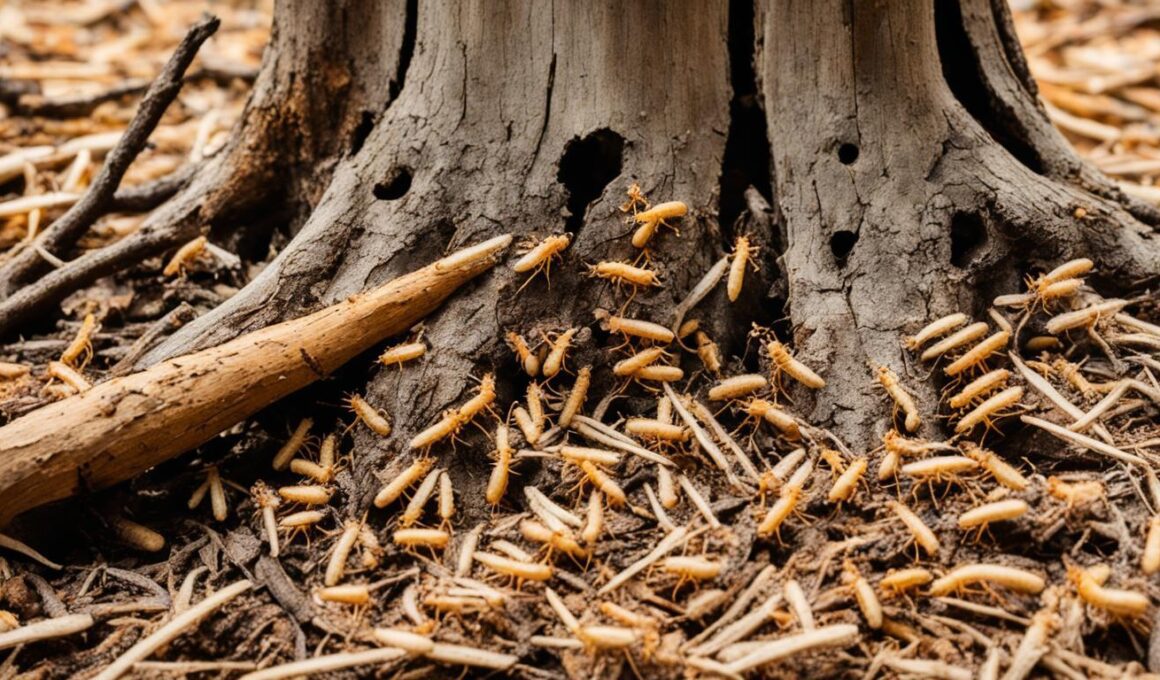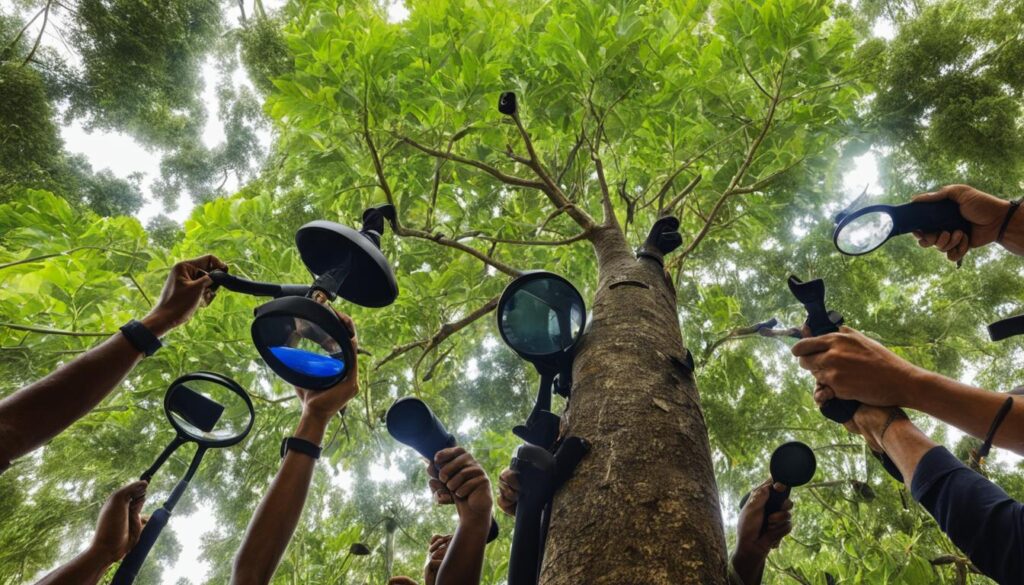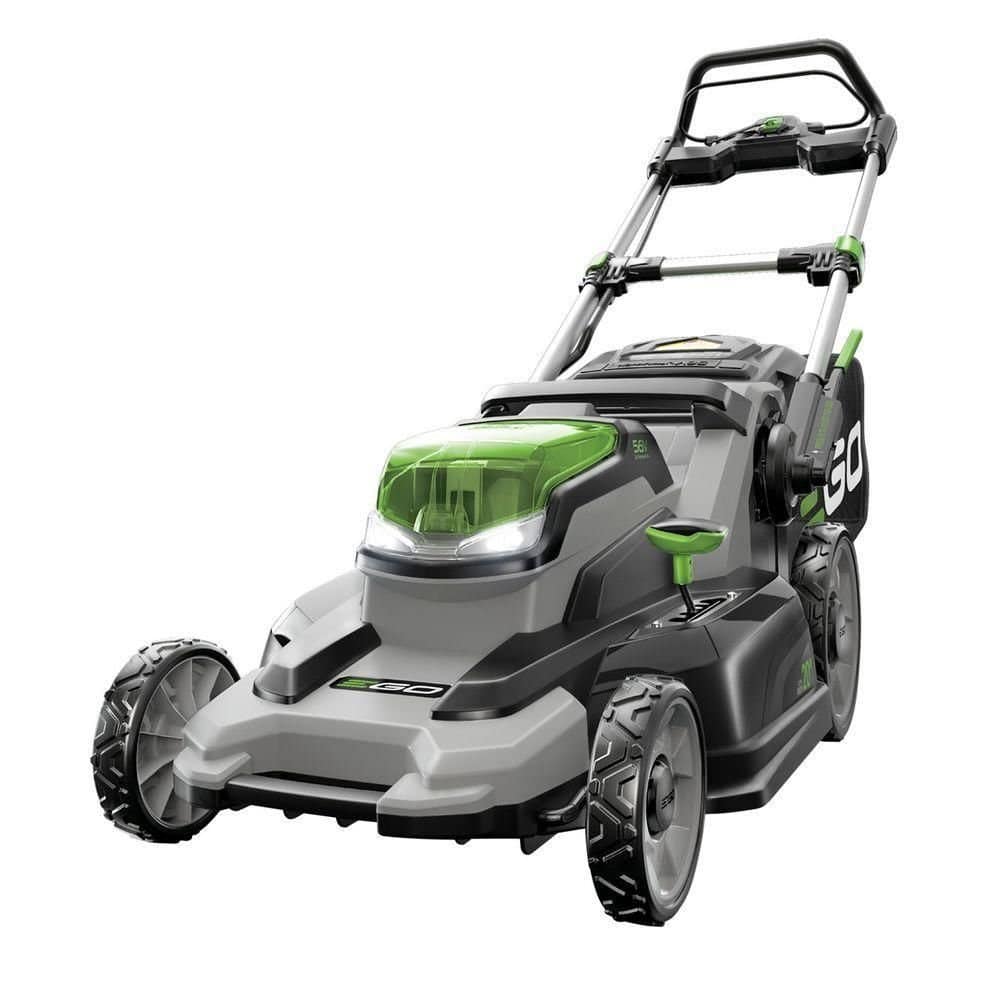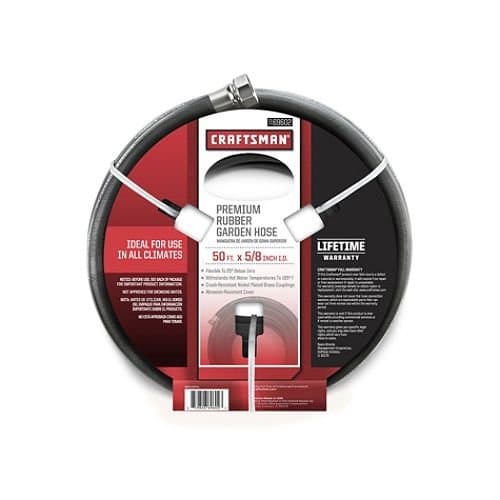Termites in trees can cause significant damage and pose a risk to your property. It’s important to spot the signs of termite infestations early to protect your landscape. Termites in trees are highly destructive insects that can eat away at the wood from the inside out. While termites play a vital role in recycling dead trees and stumps, they can also attack living trees and pose a threat to the stability of your landscape. By identifying and addressing termite infestations quickly, you can prevent further damage and protect your trees.
Termites are tiny insects that can go unnoticed until the damage is severe. By learning how to identify the signs of termite infestations in trees, you can take immediate action and protect your valuable landscape. In the next section, we will discuss how to identify these signs in detail so that you can effectively safeguard your trees from termite damage.
How to Identify Signs of Termites in Trees
When it comes to identifying signs of termites in trees, there are several key indicators to look out for. By recognizing these signs early on, you can take necessary action to protect your trees from further damage.
Wood shavings and termite wings: You may notice wood shavings or tiny piles of debris around the base of the tree. These wood shavings are a result of termites burrowing into the tree’s wood. Additionally, scattered termite wings near the tree may indicate the presence of a termite colony.
Mud tubes on tree bark: Termites require moisture to survive, so they build mud tubes on the tree bark to create a protective environment. Keep an eye out for these mud tubes, which are narrow tubes made of soil and wood fragments. They often serve as a pathway for termites to travel to and from the tree.
Hollow and unstable trunk: To further investigate termite activity, you can carefully drill into the tree trunk. If the trunk is hollow and unstable, it could be a sign of termite infestation. Termites hollow out the inside of the tree, weakening its structure.
Emergence or visibility: Inserting a blade of grass into the drilled hole can reveal the presence of termites. If termites are present, they may emerge from the hole or be visible on the grass blade. This can confirm active termite activity within the tree.
Termite nests in the soil: Digging the soil around the tree roots can uncover termite nests. Termites often nest in the soil near the base of the tree, using it as a source of moisture and protection. Be vigilant when inspecting the soil for termite presence.
By being aware of these signs and regularly inspecting your trees, you can protect them from the destructive impact of termites. Remember, early detection and timely intervention can make all the difference in ensuring the health and longevity of your trees.
Protecting Your Trees from Termites
Taking immediate action is crucial when dealing with termites in trees. To protect your trees and prevent further damage, follow these steps:
1. Remove Dead Parts: Start by identifying and removing any dead or diseased parts of the tree. These areas can serve as a food source for termites, so burning them is recommended to eliminate any potential attraction.
2. Destroy Termite Colony: It’s important to locate and destroy the termite colony. The colony may be present in the base of the tree or nearby in a woodpile or tree stump. Removing these sources can significantly reduce the termite population.
3. Treat the Soil: Termites can enter your trees through the soil. Treat the soil around and under the infected tree with termiticides or chemical barriers. This creates a protective barrier that prevents termites from reaching the tree.
4. Use Termiticides and Bait Stations: Spraying termiticides around the perimeter of your yard can help intercept termites and prevent further infestations. Additionally, setting up bait stations can attract and eliminate termites before they reach your trees.
5. Regular Inspections: Regularly inspect your trees for any signs of termite activity. Early detection is key to addressing potential infestations promptly. By conducting thorough inspections, you can catch any signs of termites and take appropriate action.
Conclusion
Termites in trees can pose a serious threat, causing damage to your landscape and potentially putting your property at risk. It is crucial to be vigilant and familiarize yourself with the signs of termite infestations in trees to protect your valuable assets. By detecting termite activity early on and taking proactive measures, you can effectively minimize the damage caused by these destructive insects.
Regular inspections and maintenance of your trees are essential in ensuring their long-term health and safeguarding your property from termite infestations. Identifying signs such as wood shavings, mud tubes, hollow trunks, and discarded termite wings can help you spot termites in trees. Taking immediate action, such as removing dead parts of the tree and destroying the termite colony, is crucial in preventing further infestation.
Implementing preventive measures can also protect your trees. Treating the soil around and under infected trees with termiticides or chemical barriers can deter termites from entering. Additionally, setting up termite bait stations and spraying termiticides around your yard’s perimeter can intercept termites and prevent future infestations.
By prioritizing early detection and taking the necessary steps to protect your trees from termite infestations, you can ensure the health and longevity of your landscape and safeguard your property investment.
Can the Type of Grass in My Yard Attract Termites to Trees?
Identifying different grass types in your yard is crucial, as certain types of grass can attract termites to nearby trees. For example, warm-season grasses like Bermuda grass are more likely to harbor termites. To prevent termite infestation, consider replacing attractive grass types with less appealing alternatives.










